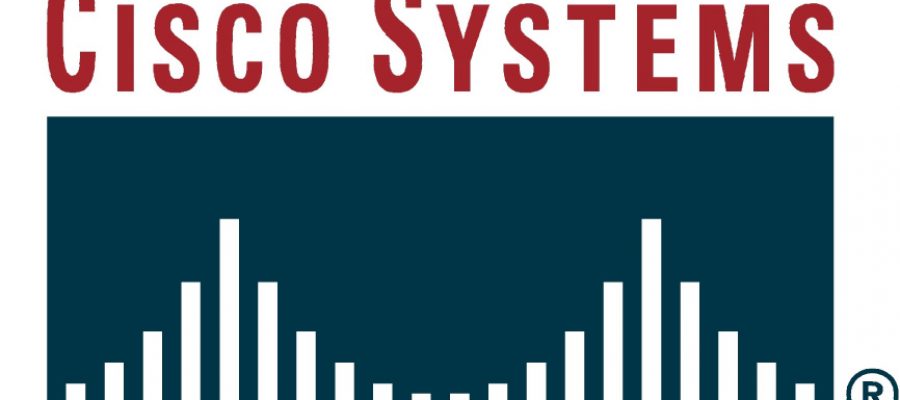My last article for Cisco Systems (CSCO) was rather bullish – I wrote that CSCO looked like it was on a breakout of epic proportions. It looked as if CSCO was going on a possible multi-year breakout. Since that time period, CSCO has not made any significant advance with its share price. It may even have pulled back slightly from the time of the article.
Because of this lackluster performance, it would be wise to revisit Cisco’s chart activity and re-analyze its prospects. Let’s see how CSCO’s share price has performed since that article.
Cisco Systems (CSCO) – Moving Averages
This is a 2 year daily candlestick chart looking at its moving averages. In that regards, CSCO had its Golden Cross develop back in April 2016.
Most successful breakouts tend to re-test the breakout area. This re-test helps to flush out any remaining sellers before the share price advances significantly higher. If CSCO’s breakout is going to be successful, it needs to find support at the 200 Day moving average which currently sits around the $29.50 level. That is also the level where the breakout took place.
Remember to use a scale-in strategy when purchasing shares. Maybe there is an opportunity to purchase some shares on a quick break below the 200 Day moving average, so save some cash for that lower break.
Any successful breakout should not spend much time under the $29.50 area. If CSCO’s share price does not rebound from this price area soon, hold back from any additional scale-in purchases until its shorter-term intent becomes more clear.
CSCO – Elliott Wave Analysis
This is a monthly candlestick chart. I started with a 20 year chart and zoomed in to the bottom of where I believe a Beginning Diagonal wave pattern started development on its chart. What is not exactly clear at the moment is if the blue Wave 3 is truly in process or not.
If this is truly a pullback within a Wave 3, it should find support around the 38.2% Retracement Line, no deeper than the 50% Retracement Line. That is, if CSCO doesn’t still have one last push upwards before it comes back down into this preferred purchase zone. Corrections that develop in Wave 3’s typically do not travel lower than the 50% Retracement Line.
The MACD Histogram is showing slowing buying momentum on the above chart. CSCO’s daily candlestick chart though shows a MACD Histogram that has increasing selling momentum.
With a gap-down after earnings and its daily MACD Histogram showing weakness, a move towards the 50% Retracement Line seems probable. However, look for some sort of bullish reversal in that area like a bullish candlestick pattern or a change in the momentum of the MACD Histogram.
CSCO – Summary
If Cisco Systems (CSCO) share price is going to rebound and have a successful breakout, look for support around the $29.50 area. If this area fails to hold, anticipate a downside move to the $27 area which is about another 10% lower. Any share purchases made around the $29.50 area should be smaller in share count than what you will purchase if the share price drops to the $27 area. The $27 area drop should be a larger purchase in shares than the $29.50 area.
But since there is support around the $29.50 area due to the 200 Day moving average support, there is a chance that CSCO’s share price will not drop to the $27 area. Purchasing the 1st re-test of a breakout area is typically a good investing strategy.
Since the selling momentum from CSCO’s daily chart could change with one large day of buying. That is why a scale-in strategy works better than an “all-in” strategy. Maybe a compromise and an initial purchase of shares around the 28.3% Retracement Line makes sense.
Using any weakness in CSCO’s share price over the next several weeks could be very lucrative for investors with a time frame longer than 6 months. If that is the case, do not be afraid to make the initial scale-in purchase in the $28 – %28.50 area. The next scale-in purchase should be staggered at least a couple weeks apart unless price action dictates otherwise.


















Ask a Question. Make a Comment. Leave a Reply.